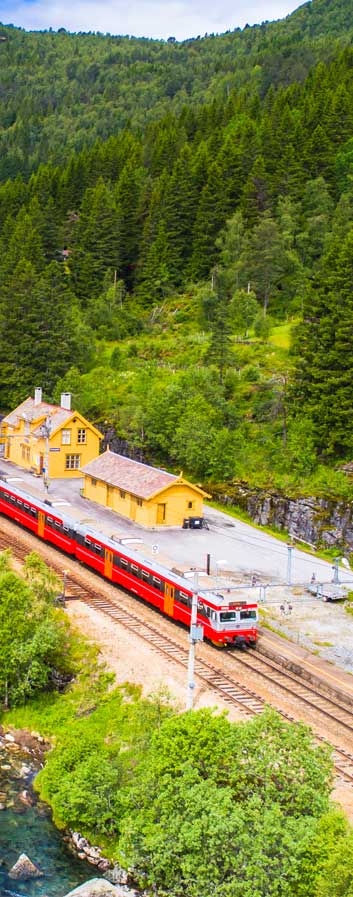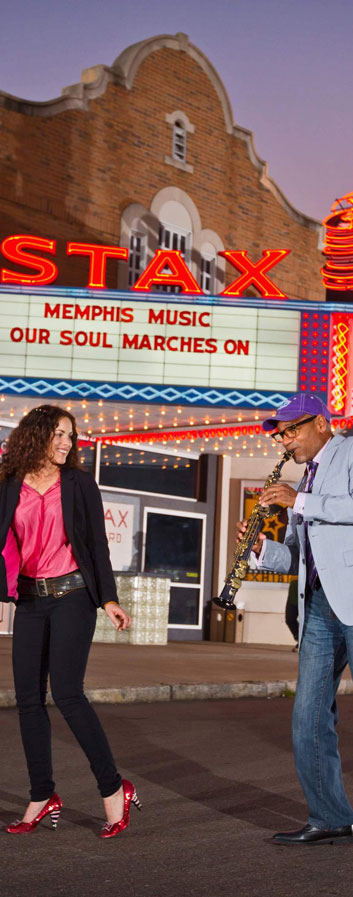Wat Wisunarat (Wat Visoun)
Dating back to 1513 and the reign of King Wisunarat (Visoun), Wat Wisunarat is Luang Prabang’s oldest temple and was once home to the Prabang Buddhas. The history of the temple is colourful with it being originally crafted from wood before being burned by Black Haw riders in 1887. The Black Haw riders were part of the Black Flag military rebel group led by a Chinese commander at the end of the 1880s. Post invasion, it was rebuilt using stucco and brick and retains some original pieces including a stupa that was created in 1503 along with some other small Buddha icons although many were stolen during the Haw raid.
Over the years the temple has also acted as a Museum of Religious Arts and as such now homes an array of religious artefacts and precious items relating to both Buddhism and the royal family. The temple is a celebration of early Lao architecture with wooden windows reflecting the Wat Phou Temple in the South of the country coupled with stucco work that is classic Luang. Restoration work was carried out in 1895 and then again in 1932.
The Wisunarat temple is home to a small selection of richly gilded Buddhas and some ancient stones dating back to the 15th century. The stones were donated by Prince Phetsarat following the Black Haw bandit invasion. The Haw left with most of the priceless Buddha images made from jade, gold and precious gems by breaking open the stupa. Prior to invasion, Wat Wisunarat was once home to the revered Pha Bang Buddha from 1507 to 1715 which can now be viewed at the Royal Palace Museum.
One of the temple’s most unique features is its unusually shaped stupa designed by the wife of King Wisunarat to be a lotus flower but referred to by locals as ‘the watermelon stupa’. Another distinguishing highlight is the European-style roof which slopes in a manner not usually seen in Laos. This is largely due to the French architects who helped with the rebuilding in the late 1980s. The temple is still functioning today and is open to visitors with plenty of information available about its fascinating history.


































